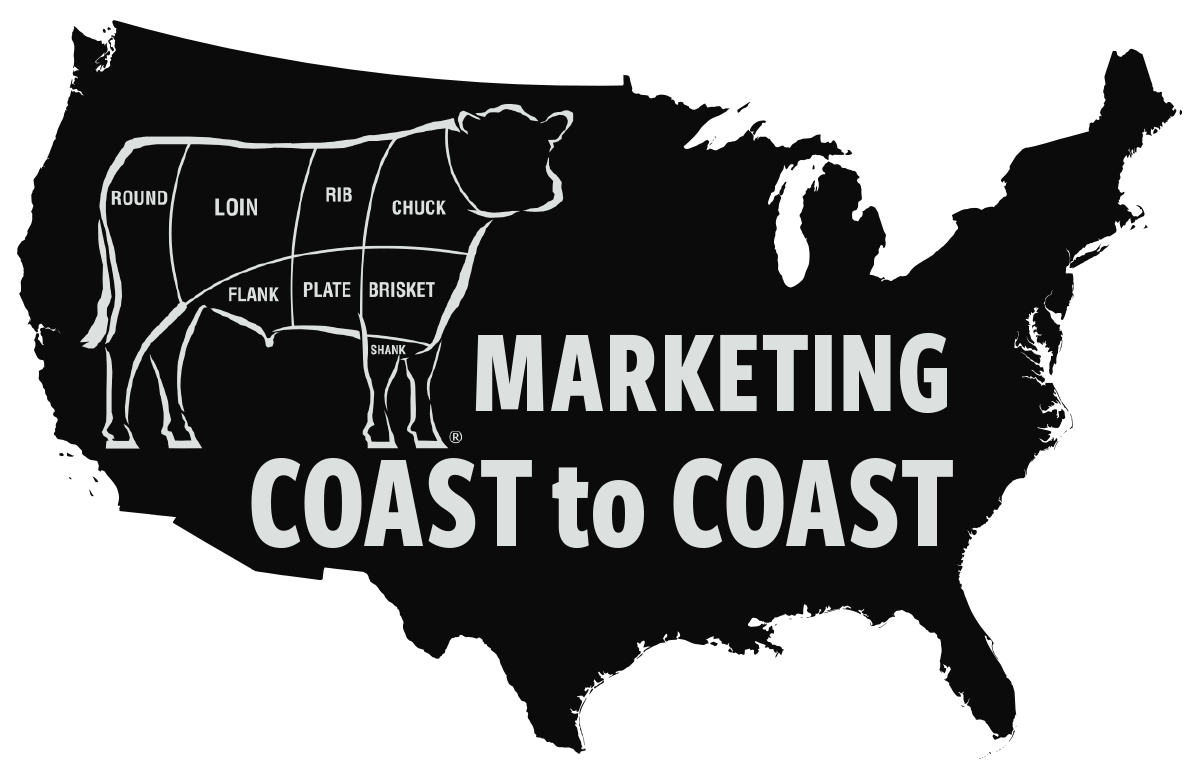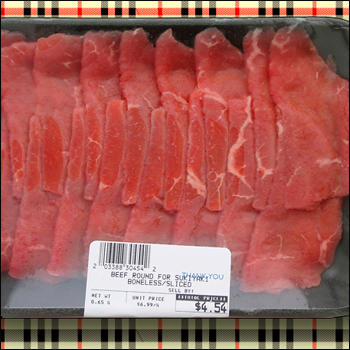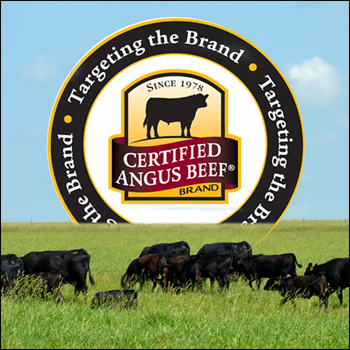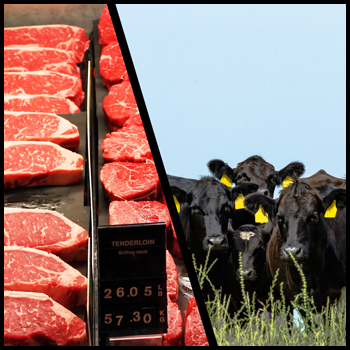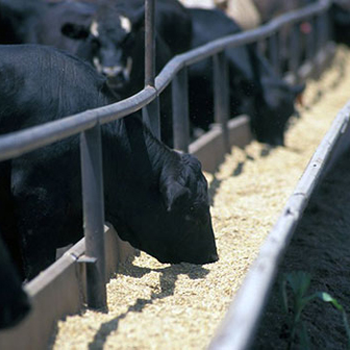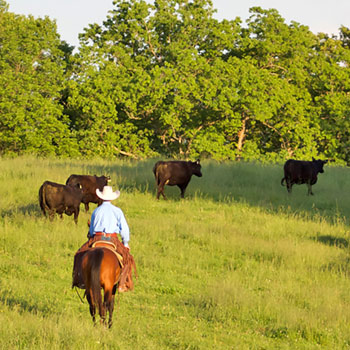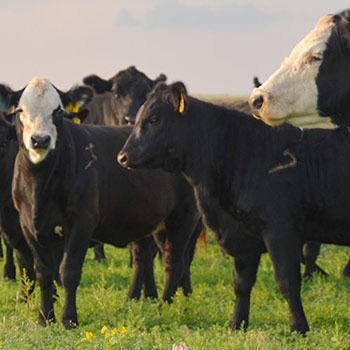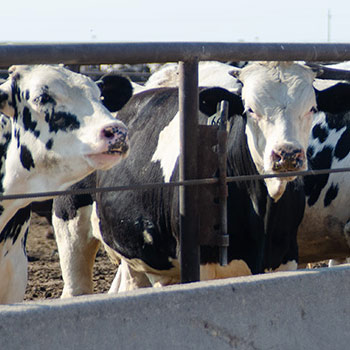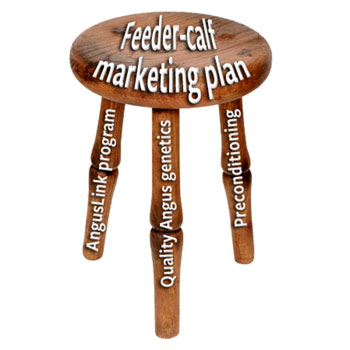
Stress Reducers
Prepping calves for shipment can go a long way in reducing sickness.
Danielle Harmon not only raises a small herd of commercial cows, she also works for one of Kentucky’s largest order-buying firms, S & B Cattle Company of Lexington.
Because she’s handled thousands of head of cattle that ship from the Bluegrass state, she’s learned the importance of producing calves that stay healthy and don’t create sickness problems for buyers.
“Out of the order-buying business that I work for, we ship cattle to eastern Iowa, western Iowa, a few in Nebraska, and a little bit in Kansas, as well. Nebraska is a really long haul from here,” Harmon says. “We’re talking about cattle leaving the sale barn on cattle trailers and riding for 12 hours to be unloaded the next morning. That’s a pretty long haul.”
Making sure those calves are prepped for the stresses of sale and shipment is critical to adding value long term.
Producers can take key steps to build immune systems, like providing proper nutrition, preconditioning, and vaccinating and deworming calves while they’re still on the cow. Handling cattle quietly and in stress-free environments has also been shown to reduce sickness.
“We will get calls from customers who said they really did like those loads of cattle,” says Harmon. “They say, ‘If these cattle come up for sale again, I want you to bid on them. I really like the way that this producer did everything that he did, all the cattle seemed very healthy, and we want to make sure we get these the next time they come up for auction.’ ”
Harmon was one of several Kentucky cattlemen who participated in last year’s National Institute for Animal Agriculture (NIAA) Antibiotic Symposium in Ames, Iowa.
The event brought together producers, veterinarians and scientists to share ideas on how to protect both human and livestock health through improved antibiotic stewardship — a one-health approach.
“I’ve always known how important it is that consumers are well-informed, and the conference reiterated that to me,” Harmon says. “But it’s so important that we get that information to consumers, because we live in a world where consumers want to know everything. They want to know where it starts, where it finishes and how it got there.”
During the symposium Harmon talked with people outside of animal agriculture about modern livestock production practices and effective antibiotic stewardship.
“For me personally, on my farm, I only use antibiotics when I absolutely have to, and I have a calf with pinkeye or one that’s sick,” she says. “It’s no different from how I’d treat my niece or nephew if they were sick.”
Like Harmon, livestock producers across the country have taken considerable strides in reducing antibiotic use. According to the Food and Drug Administration (FDA), domestic sales and distribution of all medically important antibiotics used for livestock decreased 38% from 2015 — when sales peaked — to 2018.
That’s evidence of good stewardship.
“It’s super important for me because consumers are in this time now where they want to know everything. From the time that calf hits the ground to when it was harvested for meat, where it was, how it was done. And if that’s important to consumers, it’s super important to me because that’s how farmers make money,” Harmon says. “We have to make sure they’re good, solid healthy cattle when they leave Kentucky and when they land in Iowa or Nebraska or wherever that may be.”
Learn more in this video available at https://vimeo.com/395249536.
Editor’s note: This article is from the National Institute of Animal Agriculture and the Kentucky Beef Council. Photo by Kasey Brown.
